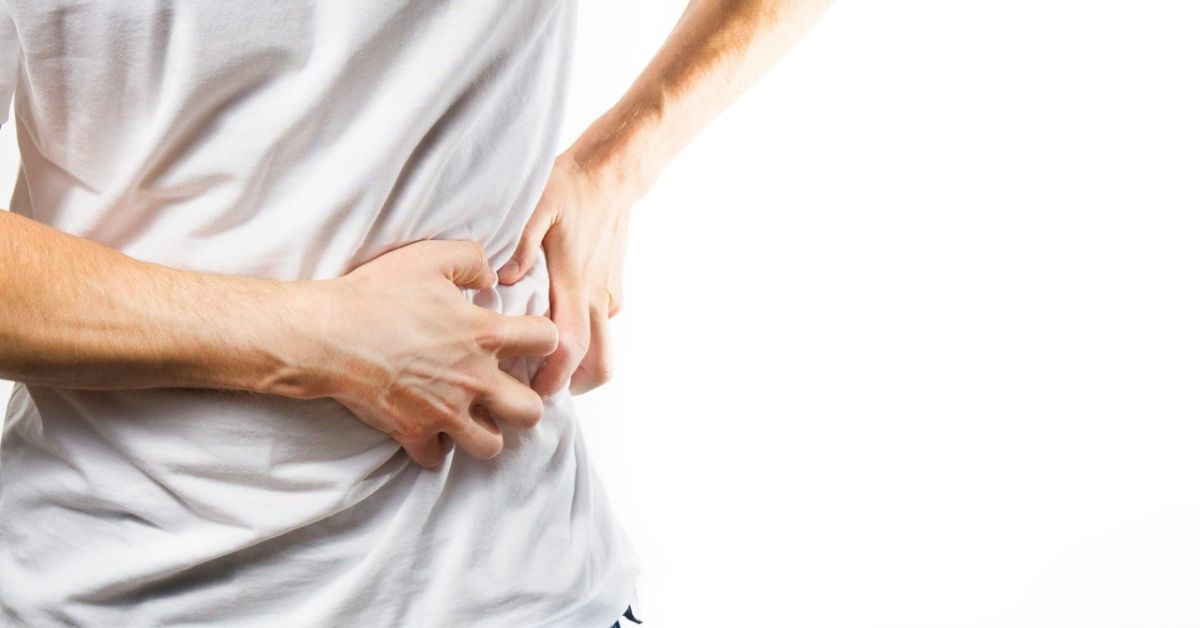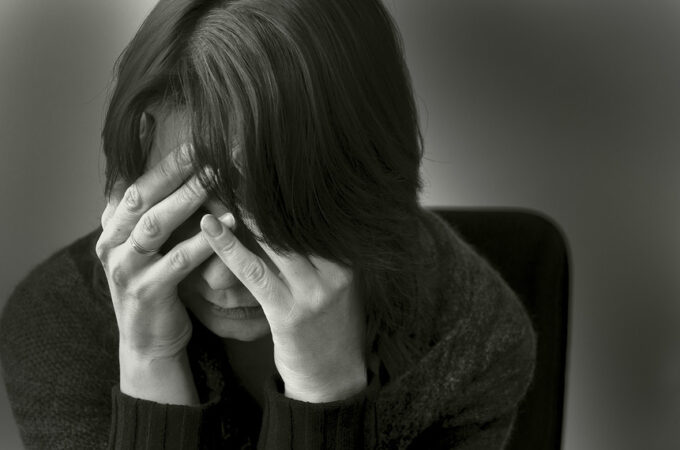
Do You Have Pain in Your Abdomen? How to Know if You Have Gallstones
Abdominal pain can be a distressing symptom that can have various causes. But one common condition that can lead to abdominal pain is gallstones. You may already have an idea what they are, but simply put, gallstones are tiny, hardened deposits that form in the gallbladder, a small organ underneath the liver. These stones can cause significant discomfort and may even require medical intervention. If you’re experiencing abdominal pain and suspect you might have gallstones, here are some signs to look out for and steps to take for a proper diagnosis.
Understanding Gallstones
According to gallstone surgery London professionals like The London Surgical Group, gallstones are formed when there is an imbalance in the substances that make up bile – a digestive fluid that is produced by the liver. The two main kinds of gallstones comprise of cholesterol and pigment gallstones; cholesterol gallstones are yellowish and are made mainly of cholesterol. Meanwhile, pigment gallstones are darker and contain bilirubin, a substance derived from red blood cells.
The common symptoms associated with gallstones
The same gallbladder surgery London experts agree that abdominal pain is a hallmark symptom of gallstones. The pain typically occurs in the upper right portion of the abdomen (just below the rib cage). It may be dull or sharp and radiate to the back or right shoulder. The pain may come and go, lasting a few minutes to several hours. Other common symptoms of gallstones include:
- Nausea and vomiting – Feelings of nausea and bouts of vomiting can accompany gallstone-related pain.
- Jaundice – If a gallstone obstructs the bile duct, it can lead to jaundice, a yellowing of the skin and eyes.
- Changes in bowel movements – Gallstones can cause changes in bowel movements, including light-colored or greasy stools.
- Bloating and indigestion – Some people with gallstones experience bloating and indigestion after eating fatty or greasy foods.

Diagnosing gallstones
If you suspect you have gallstones, it’s important to talk to a healthcare professional for a proper diagnosis. Your doctor will likely perform a physical examination and ask about your symptoms. They may also recommend one or more of the following diagnostic tests:
- Ultrasound – An abdominal ultrasound is the most common imaging test to detect gallstones. Sound waves create images of the gallbladder and can reveal the presence of stones.
- Blood tests – Blood tests can help determine any signs of infection, inflammation, or obstruction in the bile duct.
- Cholescintigraphy (HIDA scan) – This test involves injecting a radioactive substance into your bloodstream, which is then taken up by the liver and excreted into the bile. The movement of bile can be tracked to identify any blockages.
Treatment options
Treatment for gallstones depends on the severity of symptoms and complications. If you have mild or no symptoms, your doctor may recommend a wait-and-watch approach. However, if you experience frequent or severe pain or complications such as inflammation or infection arise, treatment options may include medications. Certain medications can be prescribed to dissolve gallstones or alleviate symptoms. However, this approach is typically reserved for patients unsuitable for surgery. On the other hand, the most common treatment for gallstones is the surgical removal of the gallbladder, known as a cholecystectomy. This can be done through open surgery or laparoscopy, a minimally invasive procedure.




